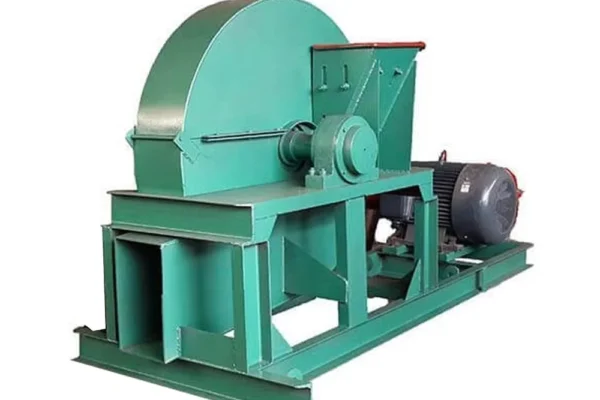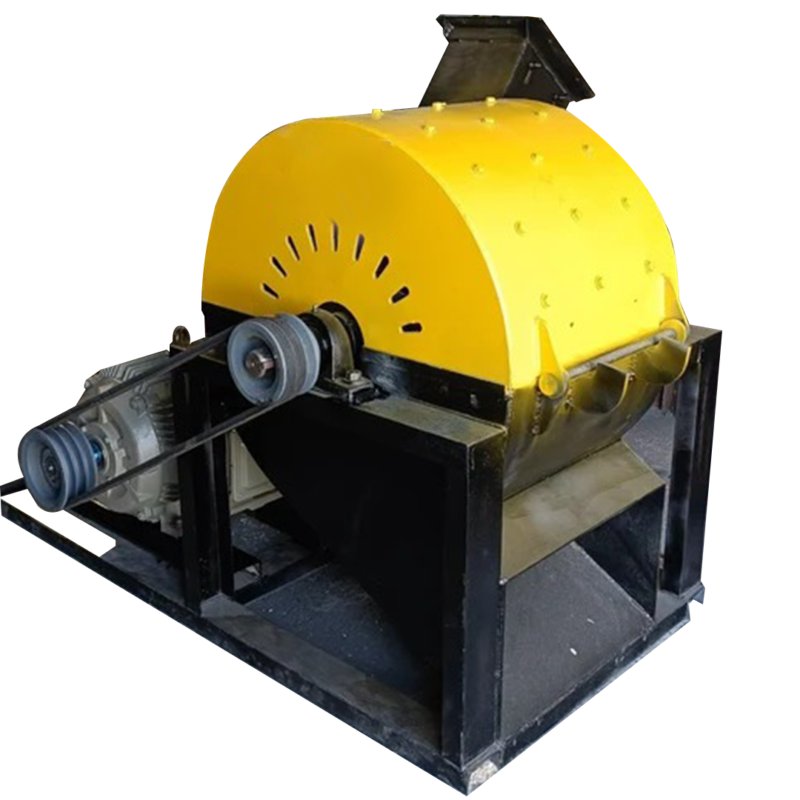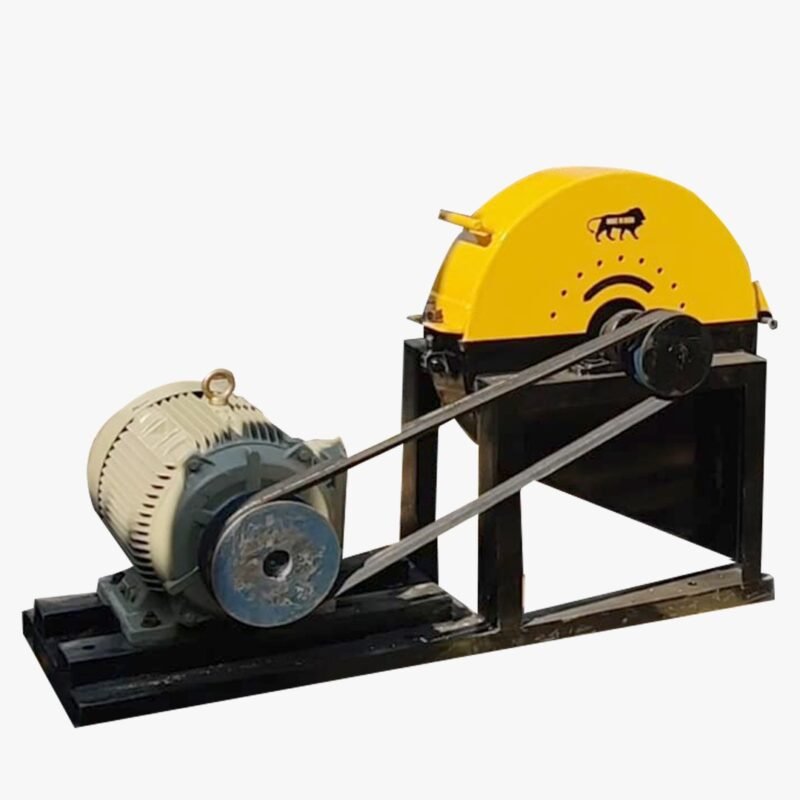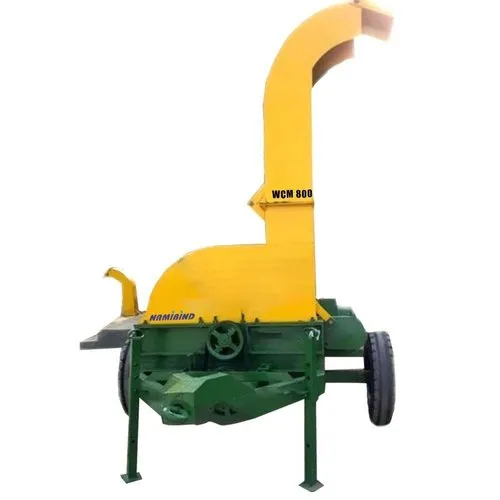Choosing the Right Sawdust Making Machine: A Comprehensive Guide Leave a comment
Sawdust making machines play a crucial role in the wood processing industry, transforming wood waste into valuable by-products used in various applications. However, choosing the right sawdust making machine can be daunting, given the numerous options available in the market. This guide aims to help you make an informed decision by highlighting key factors to consider when selecting a sawdust making machine.
1. Determine Your Requirements
Before diving into the specifics of different sawdust making machines, it’s essential to assess your needs:
Volume of Production: How much sawdust do you need to produce daily, weekly, or monthly?
Type of Wood: What kind of wood will you be processing? Different woods require different machine specifications.
End Use of Sawdust: Will the sawdust be used for energy production, as a raw material in manufacturing, for animal bedding, or other applications?
2. Types of Sawdust Making Machines
Understanding the different types of sawdust making machines available can help narrow your options:
Hammer Mills: Ideal for grinding and shredding larger wood pieces into fine sawdust. They are versatile and efficient but can be noisy.
Disc Mills: Known for their efficiency in processing smaller wood pieces into uniform sawdust. They are less noisy compared to hammer mills.
Chippers: Suitable for converting larger branches and logs into coarse sawdust or wood chips. They are best for high-volume production.
3. Key Features to Look For
When evaluating sawdust making machines, consider the following features:
Power and Efficiency: The machine’s motor power and efficiency will determine its production capacity. Quality and Design: High-quality, durable blades are crucial for consistent sawdust production. Look for machines with easily replaceable blades.
Adjustability: Some machines allow you to adjust the size of the sawdust particles. This feature is essential if you need different sawdust grades for various applications.
Safety Features: Ensure the machine has adequate safety features, such as emergency stop buttons, safety guards, and proper ventilation.
Ease of Maintenance: Machines that are easy to clean and maintain will save you time and reduce downtime.
4. Cost Considerations
While it’s tempting to opt for the cheapest option, consider the long-term costs associated with the machine:
Initial Purchase Price: Compare the initial cost of the machine with its features and capabilities.
Operating Costs: Factor in the cost of electricity, maintenance, and potential repairs.
Durability and Longevity: A slightly more expensive, durable machine may offer better value in the long run by reducing maintenance and replacement costs.
5. Reputation and Reviews
Customer Reviews: Look for reviews and testimonials from other users to gauge the machine’s performance and reliability.
6. Support and Warranty
A good warranty and reliable customer support can save you from significant headaches:
Customer Support: Choose a manufacturer that offers excellent customer support, including technical assistance and readily available spare parts













